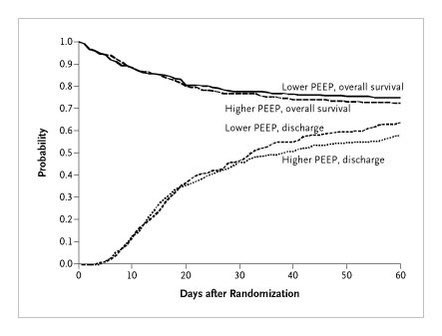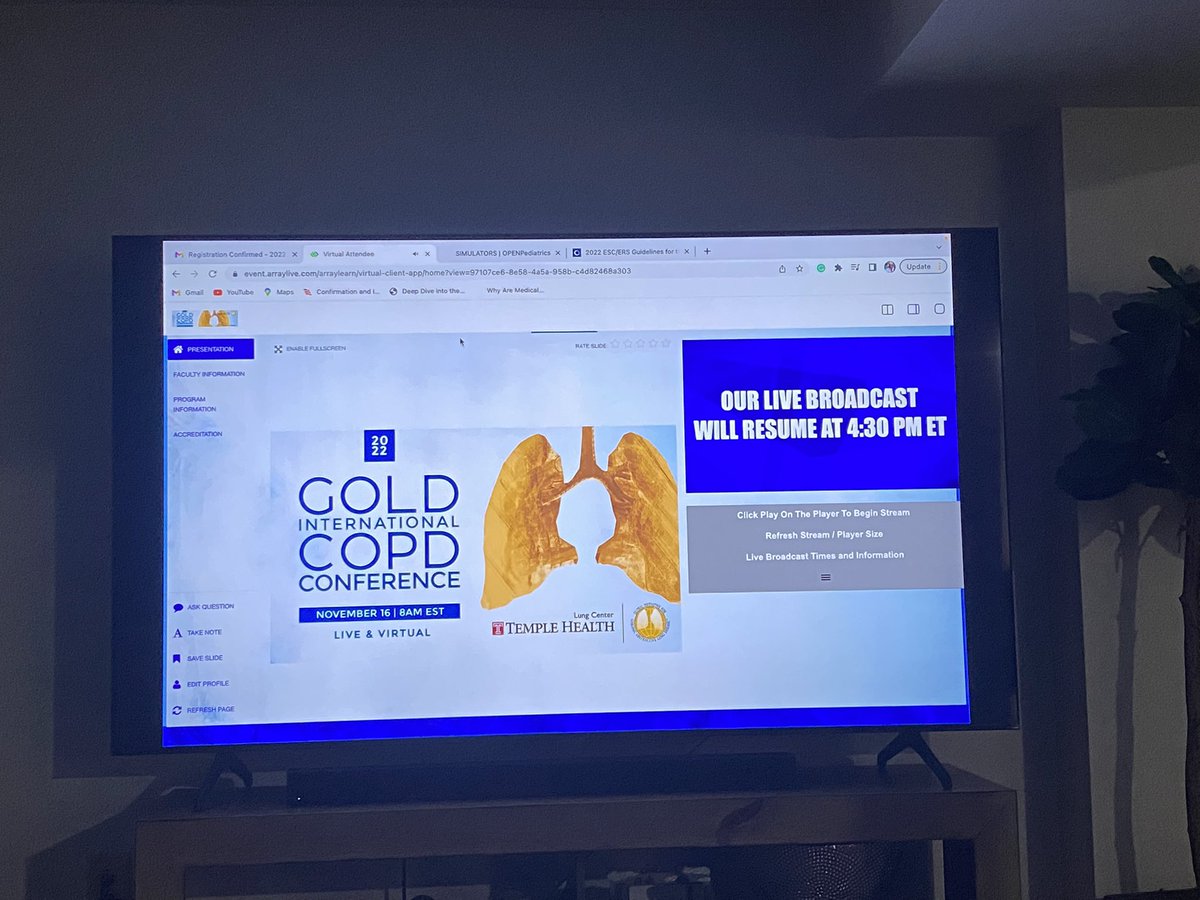Thank you for your response. As you can see, it's spread out almost equally.
Heart-lung interaction is critically important to understand;
The heart & lungs occupying the thoracic cavity, therefore, Pr changes inside the thoracic cavity can affect the venous return (Vr)
Heart-lung interaction is critically important to understand;
The heart & lungs occupying the thoracic cavity, therefore, Pr changes inside the thoracic cavity can affect the venous return (Vr)
https://twitter.com/MegriMohammed/status/1418422332306116609
Transmular pressure is the pressure difference between the inside & the outside of the cavity i.e the RA transmural pressure = RA-Ppl(We are assuming the pericardium is normal)
Then venous return depends on volume, pleural pr (Ppl), RA pr, transmural pr, elasticity & compliance
Then venous return depends on volume, pleural pr (Ppl), RA pr, transmural pr, elasticity & compliance

During spontaneous breathing 😮💨 Ppl always negative, but during inspiration it is more negative than expiration. Due to the increase in the thoracic cavity size
The Pr changes can affect the Vr and the effect will be more pronounced if the Pt is dry & fluid responsiveness
The Pr changes can affect the Vr and the effect will be more pronounced if the Pt is dry & fluid responsiveness

During spontaneous inspiration; Pleural cavity ⬆️, Ppl ⬇️, RA pressure ⬇️ but still more than the Ppl, therefore, transmural pressure will increase which will increases the Vreturn to the RA and RV
The SVC (TEE) will distend. The IVC will collapse (Subcostal view TTE)
The SVC (TEE) will distend. The IVC will collapse (Subcostal view TTE)

Why is that? the SVC is in the thoracic cavity the IVC in the abdomen. During inspiration Ppl ⬇️ the SVC will distend but the Abd pressure ⬆️ compared to thoracic Pr therefore the IVC will collapse
As we can see the IVC by subcostal view but we need TEE to visualize the SVC
As we can see the IVC by subcostal view but we need TEE to visualize the SVC
During passive breathing the Ppl is always positive but more positive during inspiration compared to expiration.
During inspiration the Ppl ⬆️, the RA pressure ⬆️ but less the the Ppl. Therefore, the RA transmural pressure decreases (RA-Ppl) which that will decrease the venous return. 

During passive inspiration the Ppl is high which tends to collapse the SVC (TEE) because it is in the thoracic cavity but the IVC will distend because the RA is ⬆️, thoracic cavity pressure ⬆️ will distend the Abdominal IVC
If the distensibility > 18% that indicate FR.
If the distensibility > 18% that indicate FR.
What’s about the RV afterload this is easier in both situation active inspiration or passive inspiration the transpulmonary pressure is higher therefor that will increase the RV afterload
• • •
Missing some Tweet in this thread? You can try to
force a refresh













